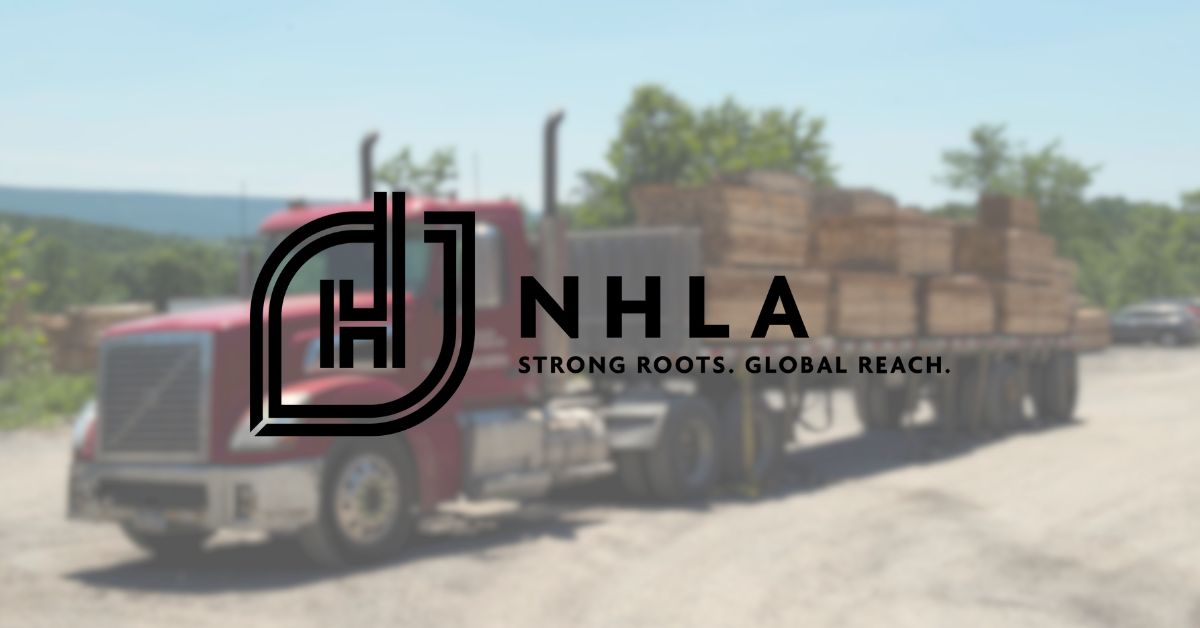Monitoring Carbon Credits and Potential Impacts on the Hardwood Lumber Industry
The NHLA Board and the newly formed “Market Impacts Committee” is working with various industry influencers, including the Hardwood Federation, as the Association’s voice in Washington to monitor, assess and influence the quickly evolving demand for trade in forest carbon credits and its potential impact on forest health and our industry.
Some on Wall Street think of the substantial monies pumped into purchasing land and standing timber as a modern-day gold rush. Demand for carbon credits to offset the pollution impacts generated by large-scale polluters, including some competitors to the wood products industry, such as steel and concrete, continue to climb. As an industry and caretaker of forests, we are concerned that there is a lack of understanding of the science and a lack of commitment to essential forest management underpinning the certification of these credits. As we in the industry are all aware, maximizing carbon sequestration aligns with proper forest management practices, which include harvesting. Simply buying a tract of land and letting it sit without management is a recipe for disease, forest fires, sub-optimal growth, and declining carbon sequestration value.
NHLA and the Hardwood Federation share the position that any carbon credit system leveraging standing timber must take the following four basic premises into account.
- Carbon credits related to the proposed program must recognize and account for the carbon stored in domestic wood products. Meaning that the wooden chair you are sitting on while you read this has carbon value and is the result of harvesting.
- The carbon credits must be based on high-quality established forest science. Science tells us that there is a point in a tree’s life where its ability to draw carbon out of the atmosphere starts to decline. Proper forest management sees that time as the right time to selectively harvest and open the canopy to younger, more efficient carbon-capturing trees.
- The program requirements must improve site-based forest health and productivity.
- Projects funded by the program must support and minimize negative impacts on the traditional forest products industry.
We will continue to monitor and work to influence the situation to protect the forest and our industry. More to come.
Share:
Related News & Blog

June 1, 2025

June 1, 2025
Questions?
Have questions or need any assistance regarding the NHLA Annual Convention & Exhibit Showcase?
